
Nubuck is a form of leather popularly used in shoe construction for its supple texture. As it is highly susceptible to water and oil stains, it is imperative to treat nubuck with a waterproofing chemical.
Definition

The terms "suede" and "nubuck" are sometimes used interchangeably. sanding leather disturbs the grain and creates a soft nap. Nubuck is sanded on the exterior of the hide, while suede is created by sanding the underside. Nubuck appears delicate but is more durable.
Product Selection

Oil and grease create shiny spots and mats in the nap. Therefore, avoid oil- and wax-based waterproofing agents intended for full grain leather. Use only products formulated for nubuck and suede.
Preparation

It is best to treat nubuck shoes prior to wear. If that's not possible, use a nubuck cleaner, then go over it with a rubber- or plastic-bristled brush to raise the nap prior to treatment.
Method

Follow instructions on the product label. Place the shoes in a well-ventilated area and spray them from 8 to 12 inches away, covering all of the exposed nubuck. Allow the shoes to dry for one to two hours before use.
Prevention

Repeat the application every six months to prevent water spots from forming after treatment.
Related Articles

How to Clean Airwalk Ugg-Style Boots
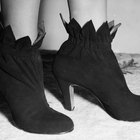
What Should I Use to Protect My Bearpaw ...

How to Take Care of a Hush Puppies Shoe

How Should I Protect My Lambskin ...

How to Clean a Chamois Leather Jacket ...

How to Care for Nubuck Leather
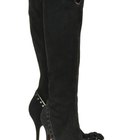
Can You Put Scotch Guard on Suede Boots?

How to Prepare UGG Boots for First Time ...

How to Use Kiwi Mink Oil to Waterproof ...

How to Shine Brand New Corcoran Jump ...

How to Clean Diesel Shoes

How to Clean Scuffed Up Rain Boots
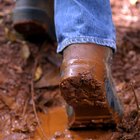
How to Clean Discolored Shoes

How to Clean Mud From High Heel Shoes

How to Treat Leather Boots With ...
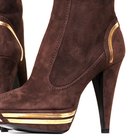
How to Clean Scuff Marks Off of Tan ...
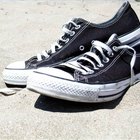
How to Waterproof Canvas Shoes
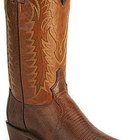
How to Clean Lizard Skin Boots
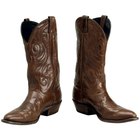
How to Use Mink Oil on Boot Leather

How to Care for Asolo Leather Hiking ...
Photo Credits
Image by Flickr.com, courtesy of Kristin